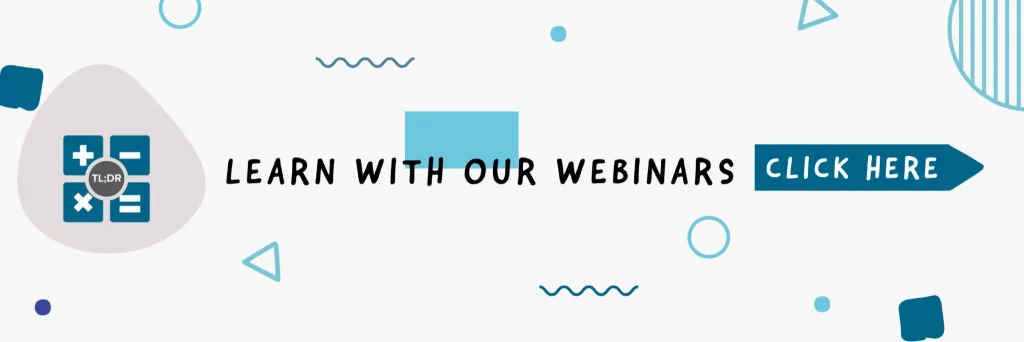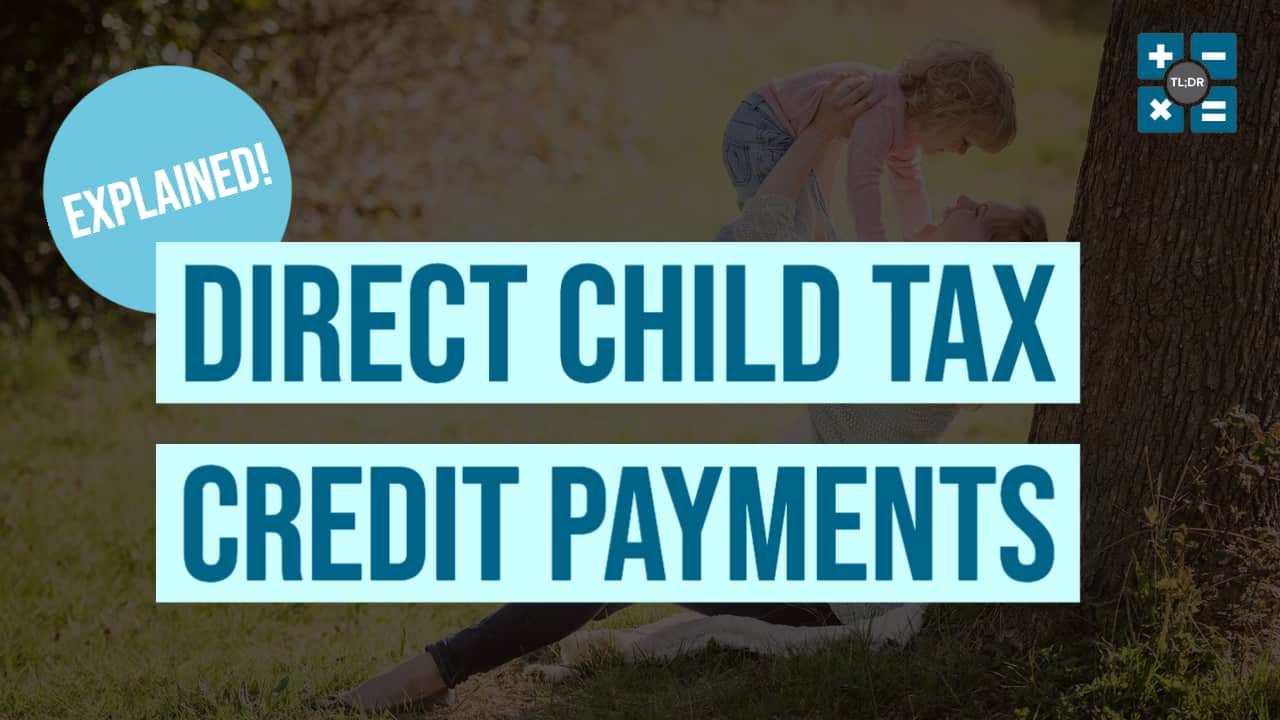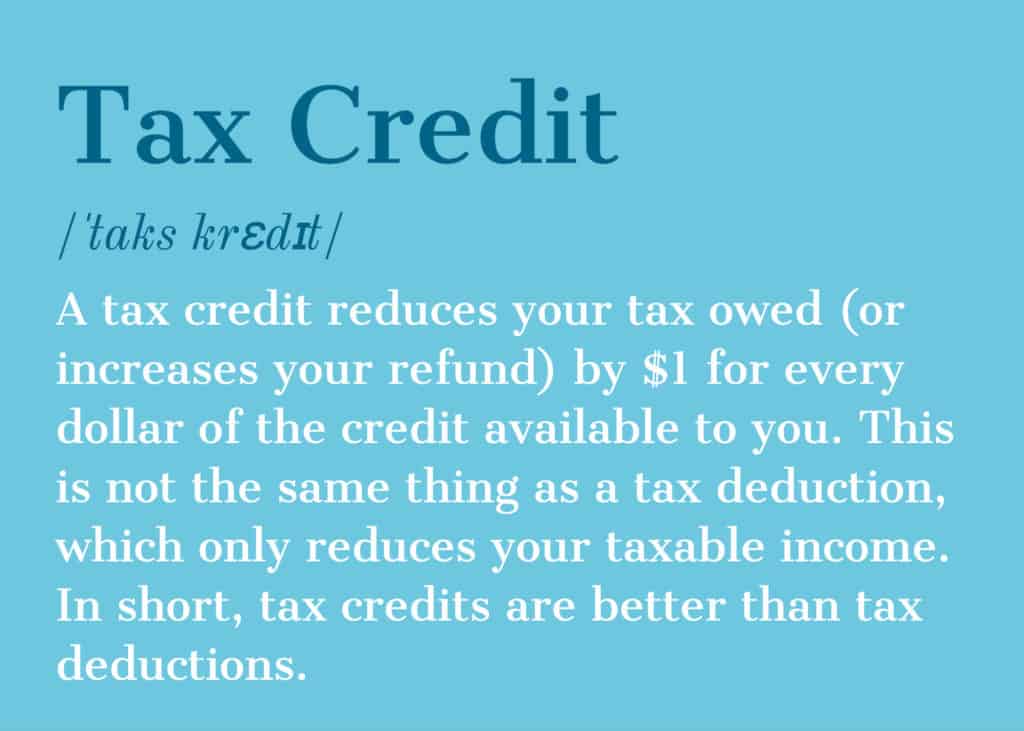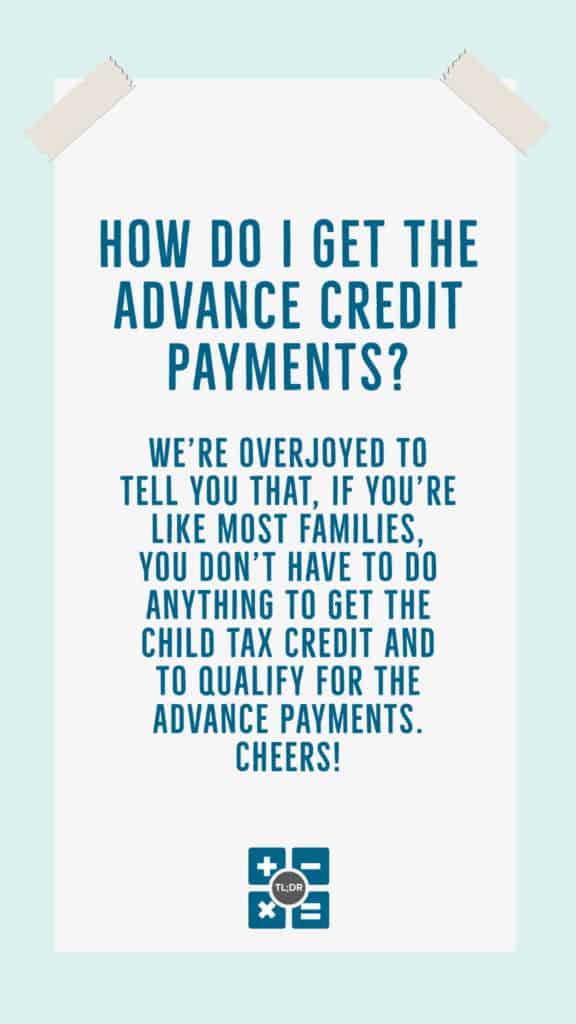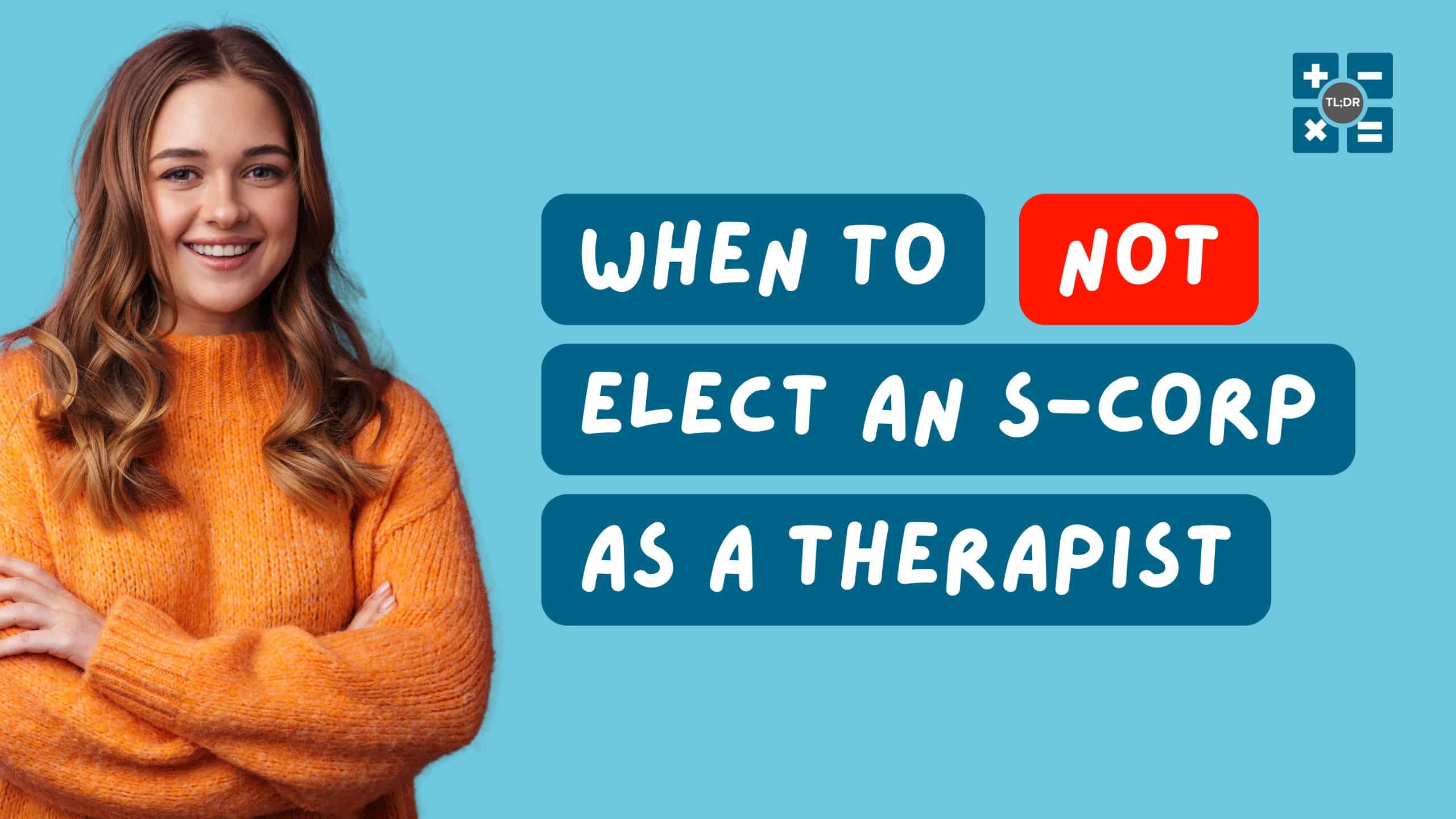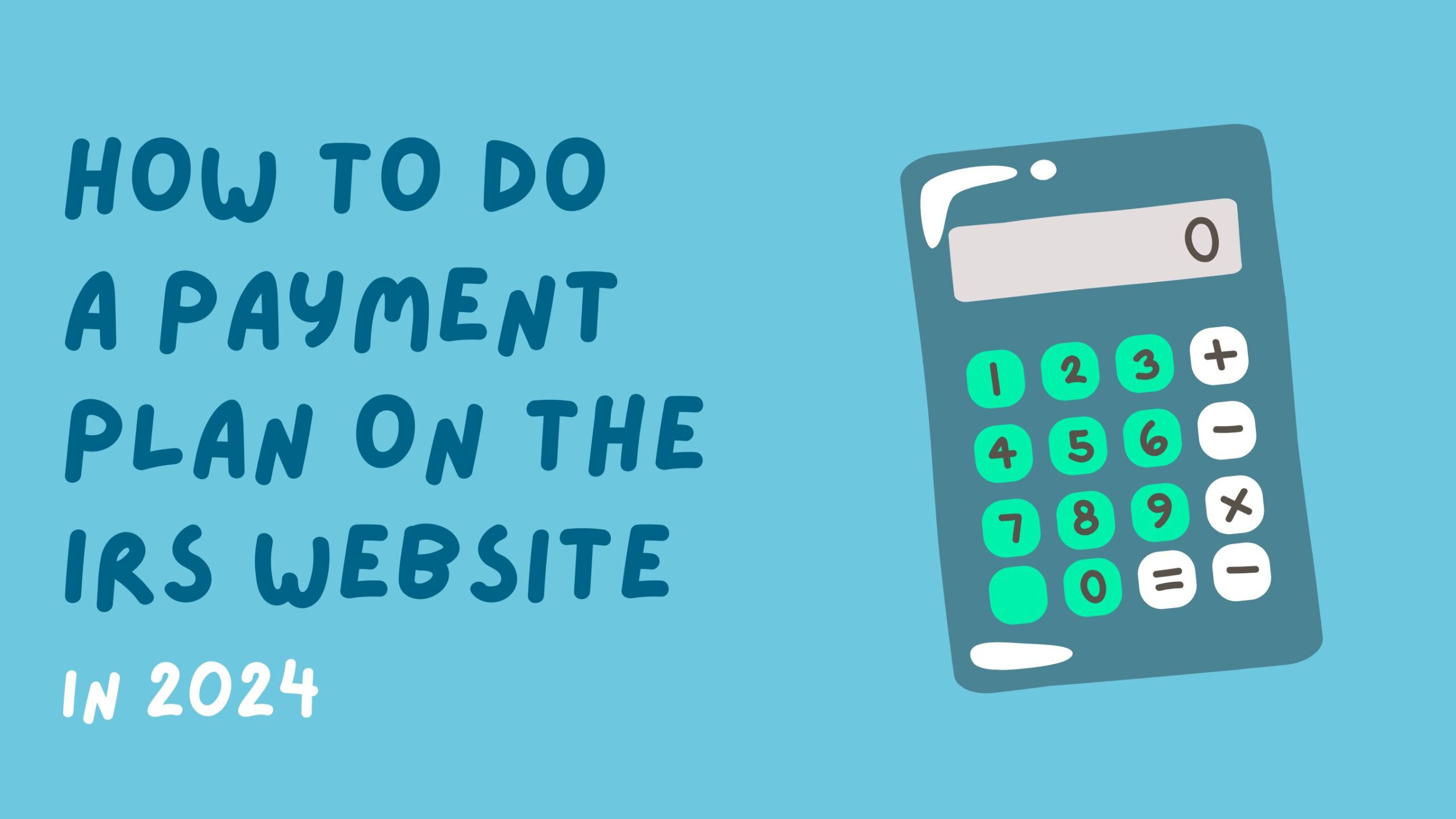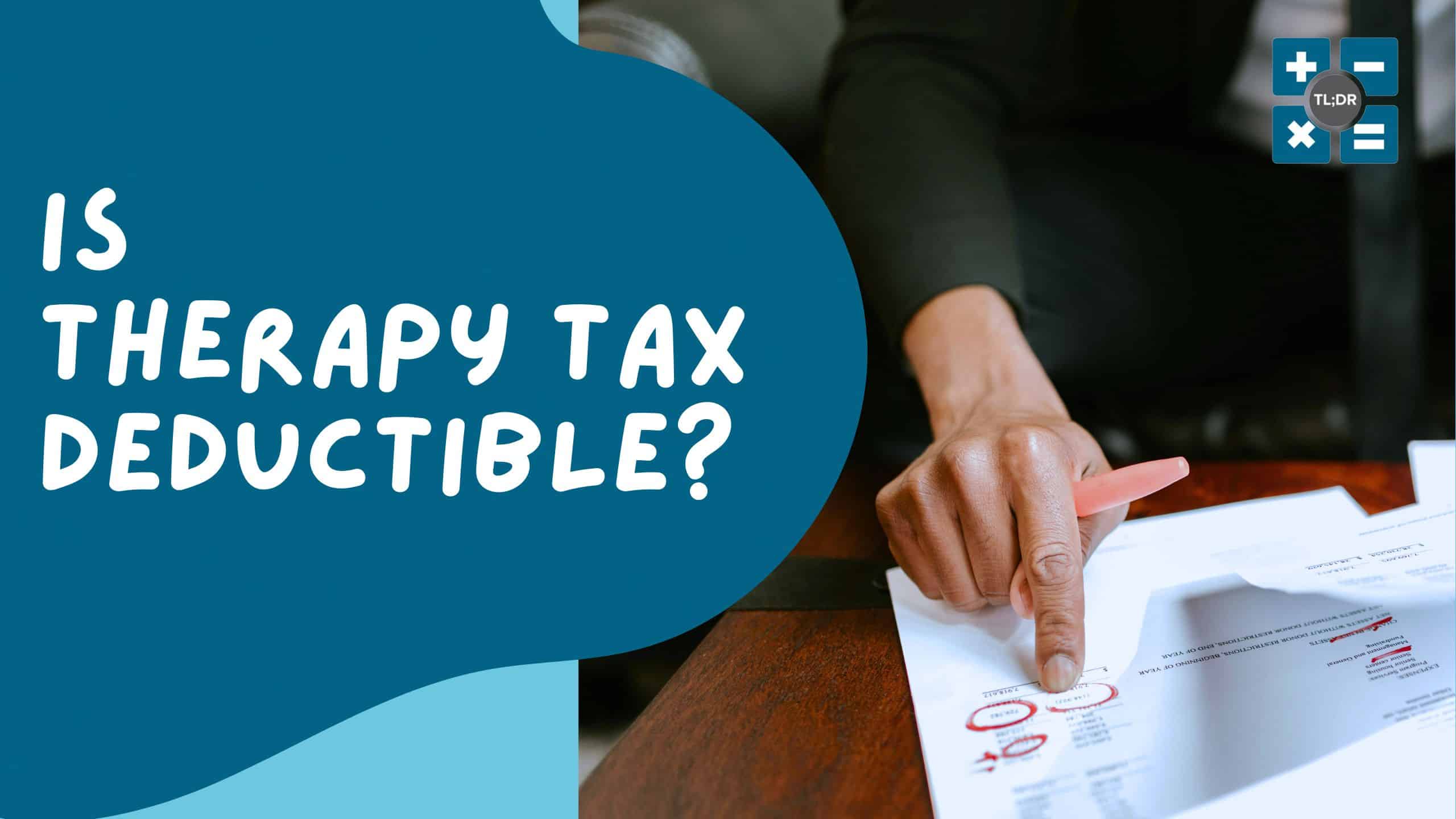Kids are expensive! That’s right, we said it — because it’s true! If you’re reading this article, chances are that you or someone you know has children (of the human variety) who depend on them, whether these children are biological, adopted, or foster children.
The pandemic has definitely highlighted the struggles faced by those who raise children. Remote schools, lack of socialization options, and overall fear have been prevalent. But in addition to all of this, employment has changed for just about everyone. Some have lost their jobs, some have lost hours, and some face difficult transitions from in-person to remote work. Then there are people who have purposely cut their hours or quit their jobs entirely because they need to be home with children who have been unable to go to daycare or school.
Thankfully, at long last, lawmakers have decided to give American parents a bit of a break. The Child Tax Credit (CTC) has been increased and expanded to include an option for most parents to receive a portion of the credit during 2021.
Let’s start by talking about the CTC in general, then deep-dive into the details (and dollar amounts) involved, before wrapping up with some good news about how to get the credit.
Introduction and Terminology
The fact that it’s expensive to raise children in America is not new. Ever since children started going to public schools in large numbers, the ideal of childhood has shifted from an expectation to provide an economic benefit at a young age to a stronger focus on education and play. Child labor laws have formalized this notion to the extent that, with few exceptions, children across the nation simply don’t do the same kind of work as adults.
We won’t comment much on the sad fact that it took Congress until 1997 to finally provide a Child Tax Credit. Rather, we’ll celebrate the fact that such a law is in place! This credit has been adjusted several times since its inception, and for the sake of clarity we’ll only get into current standards and amounts in this article.
Here are a few important terms relating to the CTC:
- Bear in mind we’re talking about a tax credit here. A tax credit reduces your tax owed (or increases your refund) by $1 for every dollar of the credit available to you. This is not the same thing as a tax deduction, which only reduces your taxable income. In short, tax credits are better than tax deductions.
- The CTC is a refundable tax credit. This means that the tax credit takes effect even if it does not offset any tax payments or liabilities. In other words, a parent who does not make any income is able to take the full credit and receive money from the government.
- For the time being, the entire CTC is refundable. This has not always been the case, and it may change in the future
- This tax credit will phase out for high-income taxpayers. A phase-out means that, instead of losing the entire credit all at once, a taxpayer will receive a smaller tax credit as their income increases, until the credit is reduced to zero.
- Each claimed child must be a qualifying child for the CTC to apply. Unfortunately, tax law does not have a uniform definition of what a qualifying child is. It depends on what specific kind of tax law we’re talking about. For the purposes of the current version of the CTC, a qualifying child is a child who:
- Is a US citizen, with a Social Security Number, who is 17 or younger on December 31, 2021
- Cannot file a joint tax return.
- Who has (with some exceptions) lived with you for more than half the year and has received more than half of their support from you for the year.
- The word “support” as it is used here means monetary support, not emotional support. This is the IRS we’re talking about after all. Monetary support includes rent and housing, utilities and housing maintenance, food, clothing, and education. See this worksheet for more details.
Details and Dollar Amounts
Not only has Congress improved the CTC, but it’s also made it more complicated! Oh well, at least it’s a “net gain,” as we say in accounting. Here’s a list of important details:
- For each child under age 6 (as of December 31, 2021), the maximum credit is $3,600. For other children who are under 17 at the end of this year, the maximum credit is $3,000.
- The maximum amount of the credit phases out if you make more than $75,000 (Single), $112,500 (Head of Household), or $150,000 (Joint filer).
- For each $1,000 above the threshold, your credit is reduced by $50.
- If your income is so high that you do not qualify, you may still be eligible for the “old” $2,000 CTC, which is still in place. This credit phases out at $200,000 for most returns or $400,000 for Joint returns, and it’s also reduced by $50 for every $1,000 above the threshold.
- There is no minimum income requirement for the 2021 CTC. This is a change from the past.
- Regardless of your CTC amount, half of your CTC will be split into six equal installments to be paid every month from July to December. For example, if you have one 8 year old child and you qualify for the full credit, you will receive $300 per month from July through December, and then be eligible for an additional $1500 tax refund come tax time.
- These payments should arrive on the 15th of each month, unless that day is on a federal holiday or weekend, in which case it will be the first federal business day after the 15th.
- You can opt out of these advance payments if you like. The IRS will set up a web portal for this at a future time.
- We’re told that you don’t have to file a tax return to be eligible for the CTC, and you can use this portal instead, but as of the writing of this article, the portal is closed. Regardless, we recommend filing your taxes even if you don’t have to, because if the IRS isn’t making you file taxes it’s probably because they owe you a refund!
How Do I Get the Advance Credit Payments?
We’re overjoyed to tell you that, if you’re like most families, you don’t have to do anything to get the Child Tax Credit and to qualify for the advance payments. Cheers!
There are exceptions, of course. If you had or will have a baby in 2021, you’ll need to notify the IRS through the upcoming portal in order to get the advance payments. If you don’t do this, you’ll still get the full amount when you file your income taxes. In other words, if you don’t use the portal, the timing of your CTC payments will be different but the amount will be the same in the end.
If your income is high enough to be near the phase-out threshold, you will be expected to keep the IRS notified of any changes (through the upcoming portal) if you want your advance payments to be accurate. You don’t have to do this, but if you lose eligibility and receive advance payments you weren’t entitled to, you’ll have to pay them back come tax time.
Overall, though, we are happy that Congress has taken action to improve the lives of parents nationwide. These credits and advance payments will help to alleviate child poverty in America, helping to keep our most vulnerable families housed and fed.
Here’s to hoping that this new, expanded Child Tax Credit is made permanent. Contact us if you have any questions about the new CTC, or any other personal or business financial concerns!
TL;DR: If you have one or more qualifying children who will be 17 or younger on December 31, 2021, and your income is below certain limits, you will likely be eligible for the Child Tax Credit. The credit has been changed and expanded recently: the amount has increased and it now includes an automatic monthly payment starting July 15, 2021. If you had or will have a baby in 2021 and want the credit, the IRS has said it will set up an online portal for you to sort this out. The portal is also intended to allow you to opt out of the advance payments if you like, or to adjust your income upon which the advance payments are based.
